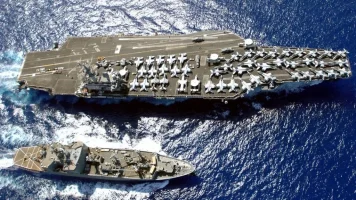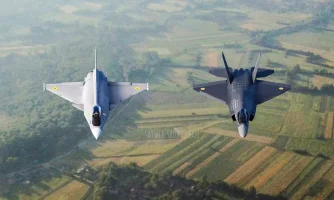- Views: 914
- Replies: 15

The Ukraine conflict's successful use of explosive-laden sea drones against Russian warships has exposed a critical vulnerability for naval fleets worldwide, prompting the Indian Navy to re-evaluate its strategies in the face of this evolving threat.
Ukraine's ability to challenge larger vessels with these potent and cost-effective weapons underscores the urgent need for adaptation.
For decades, destroyers have countered the danger posed by fast torpedo boats, safeguarding larger warships. However, sea drones present a paradigm shift that forces the Indian Navy, alongside other major naval forces, to develop updated tactical responses.
Sources within the Navy indicate that a multi-layered approach is being developed to neutralize Unmanned Surface Vehicles (USVs) and Unmanned Underwater Vehicles (UUVs). The initial strategy emphasizes exploiting the speed and agility of Indian warships to outmanoeuvre drones in open waters.
However, the Indian Navy won't rely on outmanoeuvring alone. Advanced radar systems will be essential for early detection, complemented by surveillance aircraft and helicopters to expand situational awareness. Should drones close in, a layered defence incorporating machine gun fire and lightweight guns stands ready to physically eliminate the threat.
The Indian Navy is undoubtedly engaged in an ongoing process to address the dynamic risks posed by sea drones. As threats change and evolve, Navy will persistently test and refine its tactics in the years ahead.
This commitment to adaptation will be pivotal to ensure the safety and operational effectiveness of India's naval fleet as it confronts this burgeoning challenge.


